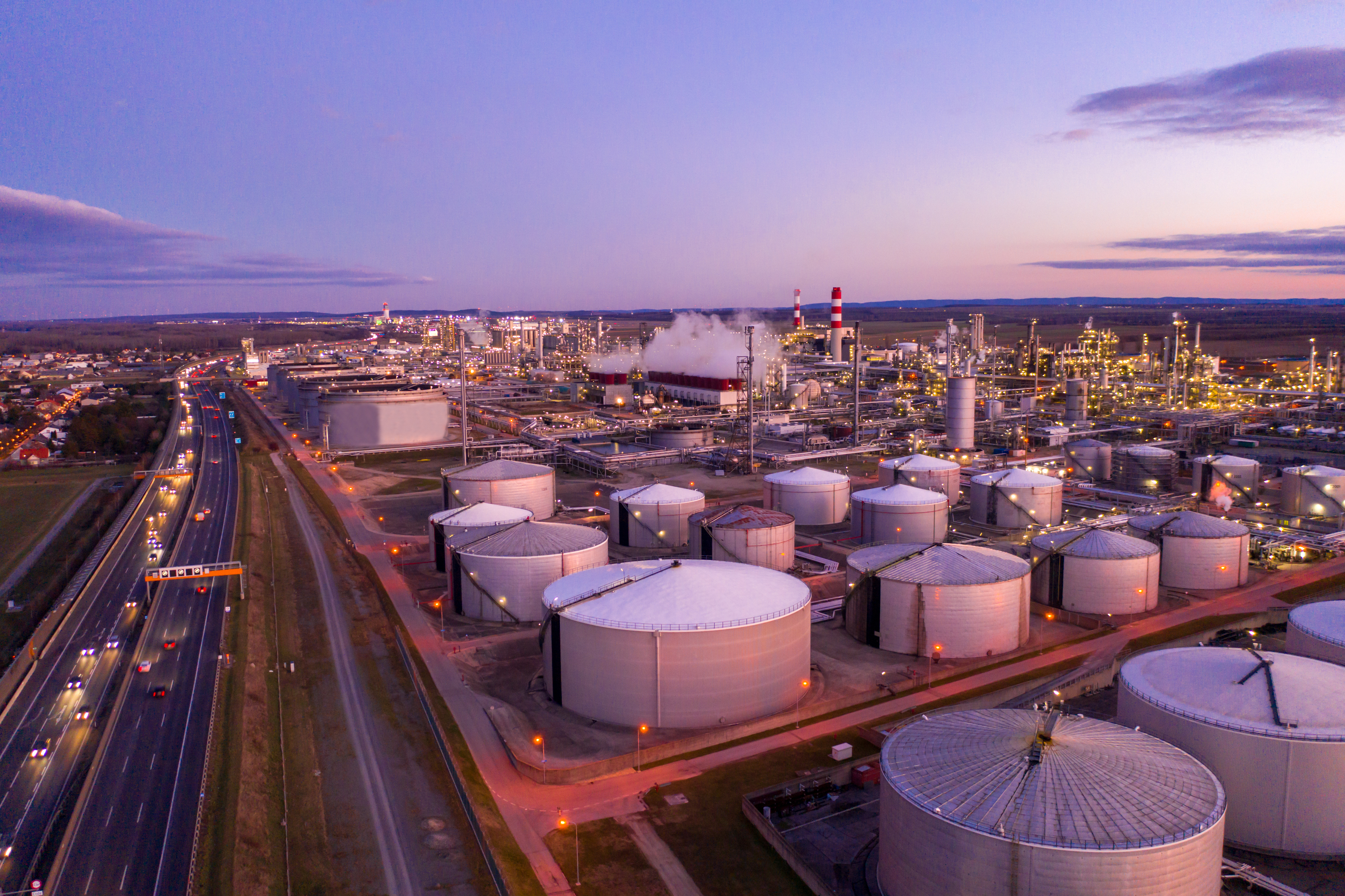Last Sunday, OPEC+ held a meeting in Saudi Arabia, went to sleep and woke up to a nightmarish regime in oil. The meeting saw the producer group decide to (surprise, surprise) extend their voluntary output cuts. While most of these cuts were moved well into 2025, OPEC+ announced their plan to begin phasing out their voluntary cuts totalling 2.2mbbls/d following October 2024. An output recovery? In this economy? The announcement sent the Aug Brent futures plummeting below $80/bbl for the first time since the end of February. With a predicted 6.5mbbls/d of spare production capacity (read: $$$ capacity), it isn’t hard to fathom why OPEC+ may wish to bring it online. However, there is already an incredible supply overhang in crude evidenced by Jun 05’s EIA announcement of a 1.23mbbls build in US crude oil inventories. In addition, while demand fails to keep pace with existing supply, we see non-OPEC supply abundantly rise, thanks to the rise of US shale and the discovery of fairly untapped offshore plays such as Guyana. We appear to have thus entered a bearish regime, far from OPEC’s prized $100 fantasies with the market finding JOLT(S) from US job openings dropping to their lowest since Feb 2021. Finally, refined products have performed abysmally especially gasoline, despite the alleged onset of summer demand, sending margins into freefall. Let’s not get started on diesel, the part of the barrel most sensitive to the business cycle, for factory activity has contracted in the two largest economies in the world – the US and China. Welcome to the pool party: bears only.
In crude, North Sea Physical finally increased, from -88c/bbl to -76c/bbl, due to the BFOETM curve rolling forward, despite no trades. Major players offered Forties and WTI Midland cargoes, but not competitively enough. Both the CFD and DFL markets were volatile, with the Bal-Jun DFL, Jul DFL falling to -115c/bbl and -50c/bbl, respectively, whilst the Aug/Sep DFL, which was at one point down to -10c/bbl, stabilised around -4c/bbl. Dubai prices plummeted to $77/bbl but recovered to $79.40/bbl, whilst following this sell-off, USGC Mars crude and WTI Midland gained strength amid stock builds and rising export demand.
In HSFO, the 380 market began the month strong but ultimately saw aggressive selling in spreads. The 380 E/W drifted lower with buying in deferred E/W sold into quickly. Barges were generally stronger this week amid real buying, while the 180 market struggled to keep pace with 380. In VLSFO, sing 0.5 began the week stronger but came under pressure amid weak physical pricing and low crude. Euro 0.5 was generally weaker although we saw support from phys selling in 0.5 E/W.
In distillates, ICE gasoil is trending upward with backend strength, while prompt remains rangebound due to ARA barge selling; Sing gasoil prompt spread weakened despite backend support from Middle Eastern buying. Euro jet saw a sell-off due to increased supply, while regrade is strong with kero spreads supported by backend buying, and HOGOs are rangebound with slight evening support.
In gasoline, there was no theme amid a market desperately seeking direction. The market was further seen moving and reversing on small flow. The gasoline E/W saw volatility with prices ripping to -$8.15/bbl but subsequently dropping to -$9.30/bbl. We also saw buying emerge in 92 and EBOB cracks alongside crude and RBOB weakness – though this buying was relatively better in 92.
A mixed week in naphtha as the crack rallied on weaker crude but subsequently gave up its gains as traders took stock of weaker fundamentals. The Jul NWE crack rallied to highs of -$7.50/bbl before reversing to -$9/bbl by Thursday. Any support to the naphtha complex is based on synthetic flows, such as gasnaph and pronap selling. Spreads continue to see an orderly downtrend, as Jul/Dec NWE falls below $15/mt. There remains some legacy length in spreads, so it remains to be seen if longs will defend their positions.
In NGLs, LST weakened with firmer spreads and US propane stocks rising by 2.542mbbls, which was significant but expected. FEI has been quite well-bid in the physical windows by a variety of buyers, however as only Gunvor were on the sell-side in the past 2 days, this interest may not be truly indicative of overall bullish FEI sentiment. This has also seen LST/FEI be well-bid in the front, with predominantly Cal’25 arbs being offered in the back. Furthermore, the E/W softened due to European tightness and unexpectedly high cracking demand, with buying seen at -$121/mt and selling seen at -$116/mt, whilst US butane remained weak on the back of large supply and a lack of gasoline blending demand.


